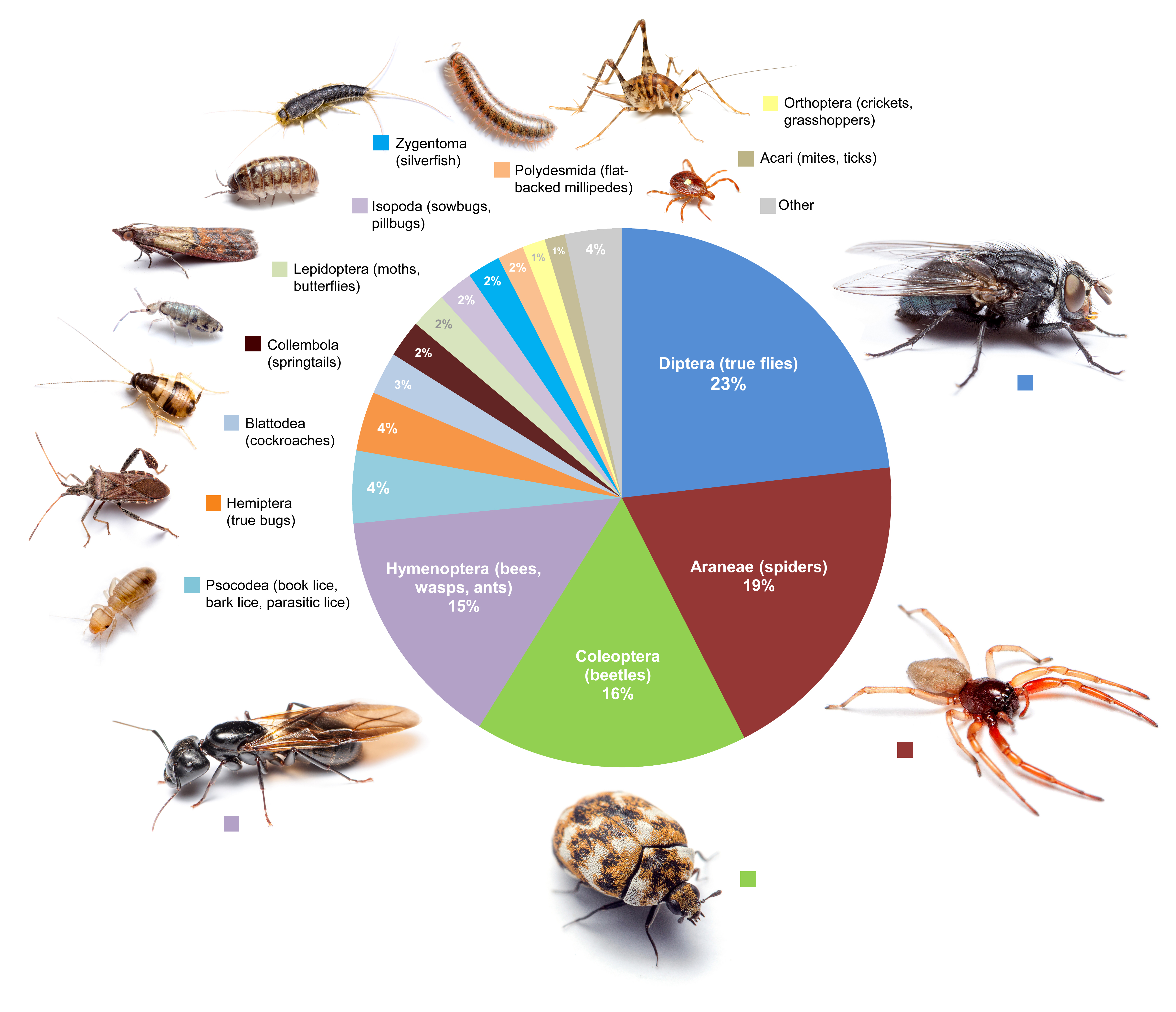Hi there bug lovers and welcome to our Halloween special! Today, Jody and Jonathan are featuring parasitoids, one of the most fascinating groups of insects! Their life cycles lend themselves to Halloween discussion as they are often reminiscent of the Alien in Alien, devouring victims from the inside out.
 |
| Aphid mummies caused by a parasitoid braconid wasp (Photo Jody Green; UNL) |
In the show we discuss the differences between parasites and parasitoids but here are some easy definitions if you are curious:
Parasites: lives off another’s (host) benefits
by deriving nutrients at host’s expense giving nothing in return
Some examples
External: leech, lice, fleas, ticks, mites
Internal: tapeworm, protozoan that transmits Malaria via
mosquito vector, horsehair worms
Here is a horsehair worm leaving a mantis
Parasitoid: Usually
insects that undergo complete metamorphosis such as wasps and flies, where the
female lays eggs in or on the host and the larvae behaves like an internal
parasite, developing using the host’s body for nutrients, but eventually kills
the host by through the developmental process.
Some examples
Parasitoid
|
Host
|
Description
|
Appearance
|
Braconid wasp
(Braconidae)
|
Sphingid caterpillar (Spingidae)
|
Eggs laid & free living in side
hemolymph, emerge & spin cocoon on outside of caterpillar
|
Hornworm caterpillar has hundreds of
larvae or cocoons on the outside of its body. Wasp is very small.
|
Aphidius
sp.
(Braconidae)
|
Aphids (Aphididae)
|
Eggs laid on aphid, grows inside,
killing it, pupation creates the mummy form, chews hole out of the rear end
|
In the same place where aphids are
found, aphid mummies are swollen, tan, papery spheres with cornicles. Tiny
wasps among aphids.
|
Emerald wasp/Jewel wasp (Ampulicidae)
|
American cockroach
(Blattidae)
|
Sting thoracic ganglion to paralyze,
then sting head to disarm escape reflex, chews off half of each antenna,
guides cockroach to burrow
|
Wasp is found in Asia & Africa.
Metallic blue color, 2nd & 3rd pair of legs are
bright red & enlarged
|
Scolioidea (Scoliidae)
|
Scarab beetles/white grubs, Japanese
beetles (Scarabaeidae)
|
Burrows in ground to look for larvae,
spins cocoon underground, locates host by kairomones like hydrocarbons, feces
|
Wasp has stout body, bright colors,
black & yellow.
|
Cicada killer wasps (Crabronidae)
|
Cicada
(Cicadidae)
|
Catch cicada using sounds, provision
burrows with paralyzed cicadas, overwinter as larvae, pupate in spring,
emerge as adults in summer (no adults overwinter)
|
Largest wasp, often close to wooded
area where cicadas can be found, females are very large solitary, males
territorial but only has pseudo stinger.
|
Velvet ant
(Mutillidae)
|
Cicada killer
(Crabronidae)
|
Lay egg in nest cell of cicada killer
when larvae pupates it consumes pupae (Hyperparasite)
|
Bright colors, females lack wings,
coarse hair
|
Ichneumonid wasp
(Ichneumonidae)
|
Coleoptera, Lepidoptera, Hymenoptera grub, larva or pupae
|
Inject eggs into hosts bodies or in
larvae of other icheunmonids (Hyperparasite). Can use ovipositor to inject
into wood boring larvae below bark
|
Slender waist, lots of antennal segments,
some have long threadlike ovipositors
|
Tachinid fly
(Tachnidae)
|
Caterpillars and other insect hosts
|
Robust fly with shiny or very hairy
butt, feeds on flowers as adult
|
|
Emblemasoma sp. (Sarcophagidae)
|
Cicada
(Cicadidae)
|
Locates host by acoustically hunting
male cicadas, drops 1-6 maggots at base of wings that burrow into body to
feed, larvae use “oral hooks” to chew their way out to pupate in soil.
|
Flesh fly with red eyes, 3 dark
stripes on thorax
|
 |
| Cicada killer wasp with hapless cicada victim (Photo Jody Green; UNL) |
 |
| Not all parasitoids are wasps! Flies and beetles can parasitize as well! (Photo Jody Green; UNL) |
Questions? Comments?
Follow the hosts on Twitter @JLarson_UNL, @JodyBugsmeUNL, and @MSkvarla36
Get the show through iTunes!
Subscribe to our feed on Feedburner!
We're on Stitcher too!
This episode is freely available on archive.org and is licensed under Creative Commons: By Attribution 3.0. http://creativecommons.org/licenses/by/3.0/
Beginning/ending theme: "There It Is" by Kevin MacLeod (incompetech.com) Licensed under Creative Commons: By Attribution 3.0











